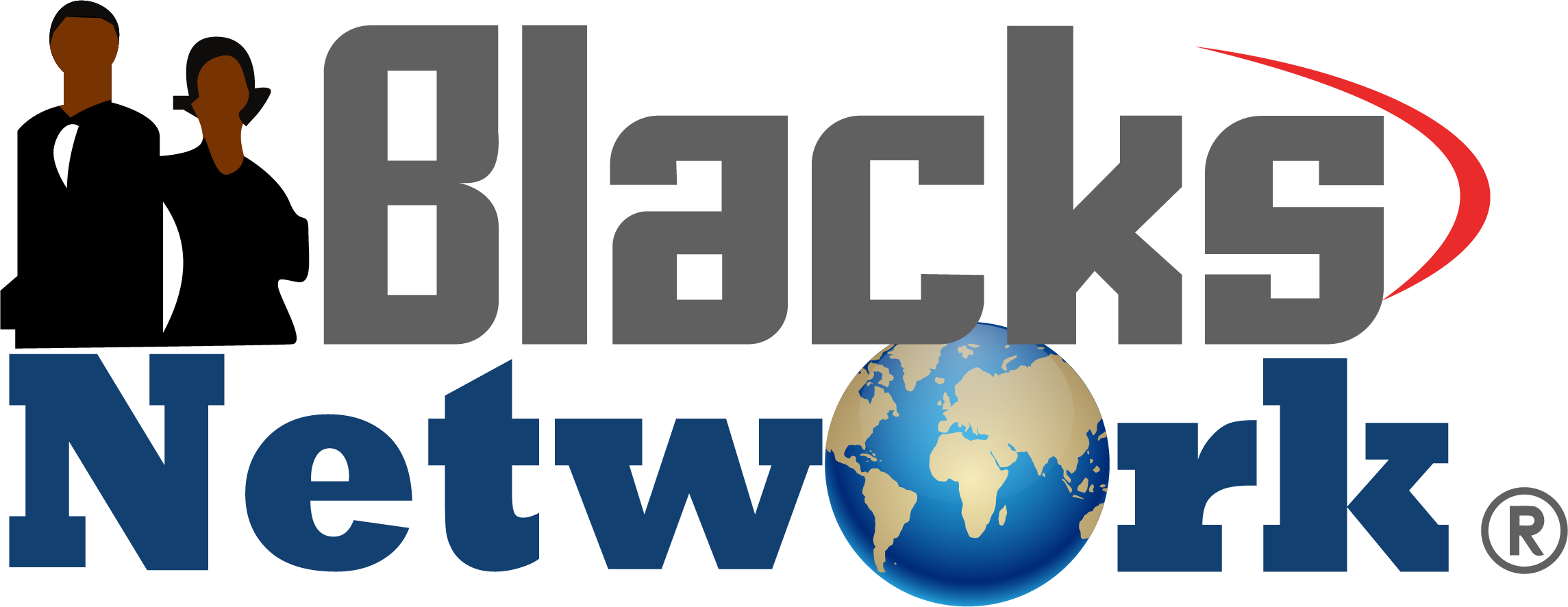The Evolution of Data Science: Embracing Artificial Intelligence
Introduction:
Data Science with Generative Ai Course, a multidisciplinary field that bridges statistics, programming, and domain expertise, has grown exponentially over the past few decades. Its evolution has been profoundly shaped by the integration of artificial intelligence (AI), driving groundbreaking advancements across industries. This article explores the journey of data science, the role of AI in its development, and tips to harness the power of this synergy for future success.
The Genesis of Data Science
In its early days, it focused on extracting insights from structured data, often using traditional tools like spreadsheets and statistical software.
• From Statistics to Data Science: Initially, data science was synonymous with data analysis. The introduction of machine learning (ML) algorithms began transforming static analyses into dynamic models capable of predictions.
• Big Data Revolution: The early 2000s saw an explosion of unstructured data due to social media, IoT, and digital transformation. The rise of Big Data technologies, like Hadoop and Spark, enabled businesses to process and analyze massive datasets, marking a pivotal point in the evolution of data science.
AI as a Game-Changer in Data Science
Artificial intelligence has redefined data science by introducing automation, scalability, and improved accuracy. AI's capabilities to learn from data, identify patterns, and make decisions have expanded the possibilities for data scientists.
Key Contributions of AI in Data Science
• Enhanced Predictive Modeling: AI algorithms, particularly ML, enable the creation of sophisticated models for forecasting trends, behaviors, and outcomes.
• Automation of Repetitive Tasks: AI tools streamline data preprocessing tasks, including cleaning, normalization, and transformation.
• Improved Decision-Making: By leveraging AI, organizations can derive actionable insights faster and with greater precision.
• Natural Language Processing (NLP): AI-powered NLP has revolutionized text analysis, sentiment detection, and language translation.
• Image and Video Analytics: Computer vision, a subset of AI, enhances data science applications in industries such as healthcare, manufacturing, and security.
The Synergy of Data Science and AI
The integration of AI has led to the rise of data science 2.0, characterized by real-time analytics, advanced automation, and deep learning.
• AI-Driven Analytics: AI complements traditional data analysis with deep learning, which identifies complex patterns in data that were previously unattainable.
• Smart Tools and Frameworks: Open-source libraries like TensorFlow, PyTorch, and Scikit-learn have democratized AI, making it accessible for data scientists.
• Data Science in the Cloud: Cloud platforms, combined with AI, have enabled scalable solutions for storing, processing, and analyzing data globally. Data Science with Generative Ai Online Training
Industries Transformed by Data Science and AI
Healthcare
• Personalized Medicine: AI models analyze patient data to recommend tailored treatments.
• Disease Prediction: Predictive models identify potential outbreaks and individual risk factors.
• Medical Imaging: AI supports diagnostics by analyzing X-rays, MRIs, and CT scans.
Finance
• Fraud Detection: AI systems identify anomalies in transactions, reducing financial crime.
• Algorithmic Trading: AI optimizes stock trading strategies for maximum profit.
• Customer Insights: Data science aids in understanding customer behaviors and preferences.
Retail and E-commerce
• Recommendation Systems: AI analyzes purchase patterns to suggest products.
• Inventory Management: Predictive analytics ensures efficient stock levels.
• Customer Sentiment Analysis: NLP tools assess feedback for service improvements.
Manufacturing
• Predictive Maintenance: AI monitors equipment for signs of failure.
• Quality Control: Automated systems ensure product standards.
• Supply Chain Optimization: Data-driven decisions reduce operational costs.
Challenges in the Data Science-AI Nexus
• Data Privacy Concerns: Handling sensitive data responsibly is critical to maintaining trust.
• Bias in AI Models: Ensuring fairness in algorithms is a pressing issue.
• Talent Gap: The demand for skilled professionals in both data science and AI far exceeds supply.
• Ethical Dilemmas: Decisions driven by AI can raise questions about accountability and transparency.
Future of Data Science with AI
The future of data science will continue to be shaped by AI, emphasizing the importance of continuous learning and innovation.
• Democratization of AI: User-friendly tools and platforms will enable more individuals to utilize AI.
• Interdisciplinary Collaboration: Merging expertise from fields like biology, economics, and engineering will yield holistic solutions.
• Edge AI and IoT: Real-time analytics at the edge will become increasingly common in IoT applications. Data Science with Generative Ai Training
• Explainable AI (XAI): Efforts to make AI models transparent will grow, enhancing trust and usability.
Tips for Leveraging Data Science and AI
• Invest in Lifelong Learning: Keep up with advancements in AI, data science tools, and techniques.
• Adopt Scalable Technologies: Utilize cloud platforms and AI frameworks for efficient workflows.
• Focus on Ethics: Prioritize fairness, transparency, and privacy in your AI-driven initiatives.
Conclusion
The evolution of data science has been profoundly influenced by the integration of artificial intelligence. Together, these technologies have opened up unprecedented opportunities for innovation, efficiency, and growth across industries. While challenges persist, the future of data science with AI promises a world where data-driven decisions are not just insightful but transformative. By embracing continuous learning, ethical practices, and interdisciplinary collaboration, individuals and organizations can fully harness the potential of this powerful combination.
Visualpath Advance your career with Data Science with Generative Ai Course Hyderabad. Gain hands-on training, real-world skills, and certification. Enroll today for the best Data Science with Generative Ai. We provide to individuals globally in the USA, UK, etc.
Call on: +91 9989971070
Course Covered:
Data Science, Programming Skills, Statistics and Mathematics, Data Analysis, Data Visualization, Machine Learning,
WhatsApp: https://www.whatsapp.com/catalog/919989971070/
Blog link: https://visualpathblogs.com/
Visit us: https://www.visualpath.in/onli....ne-data-science-with






















 1 (877) 773-1002
1 (877) 773-1002